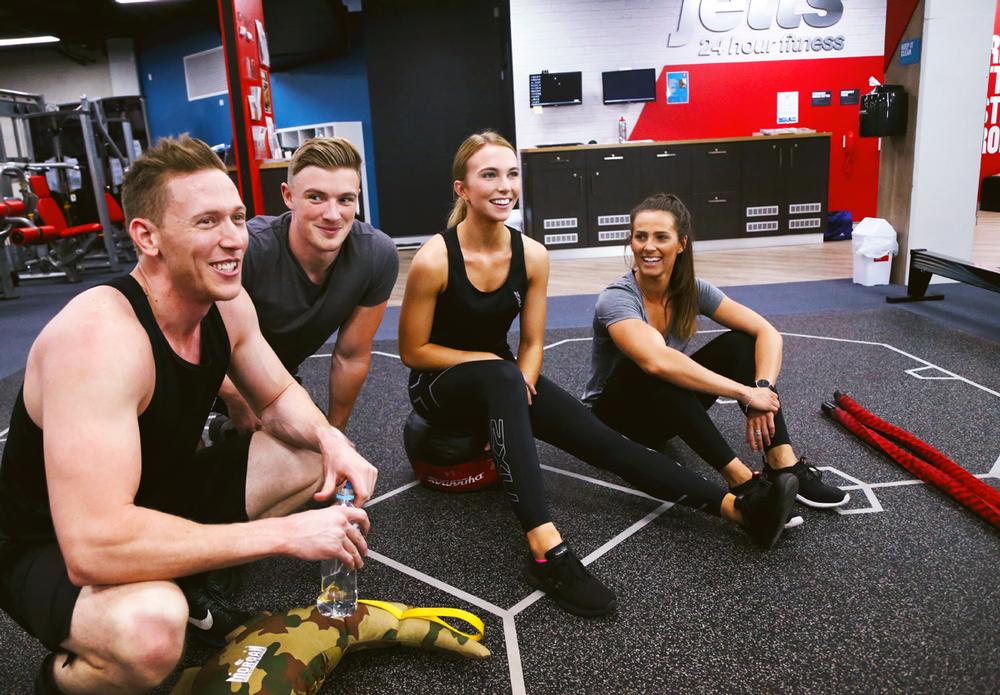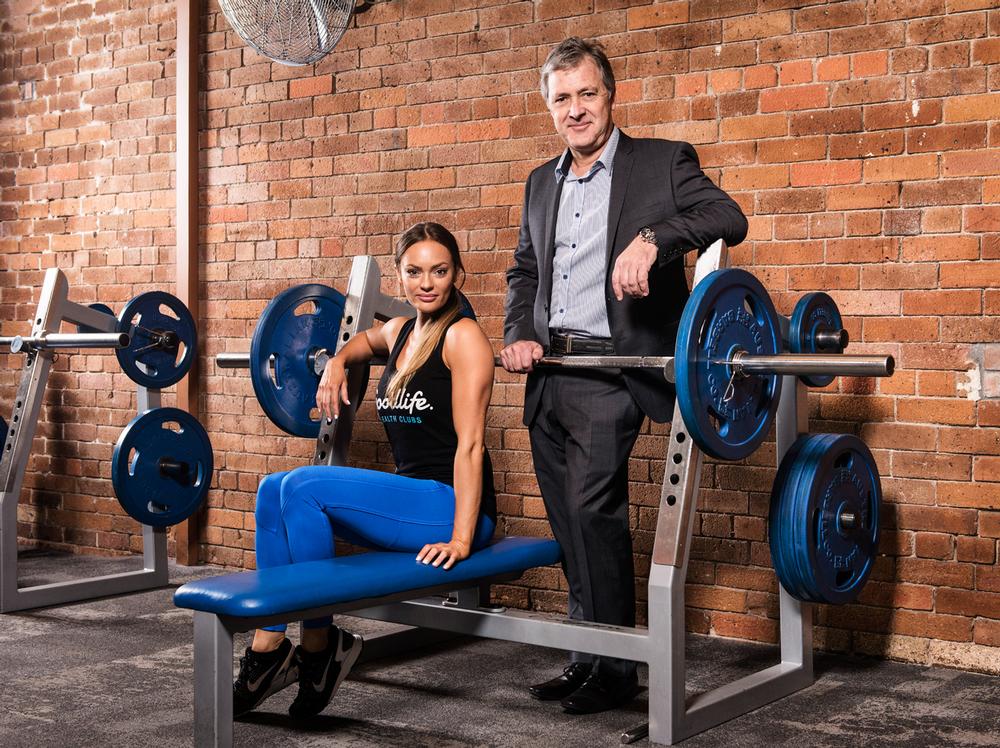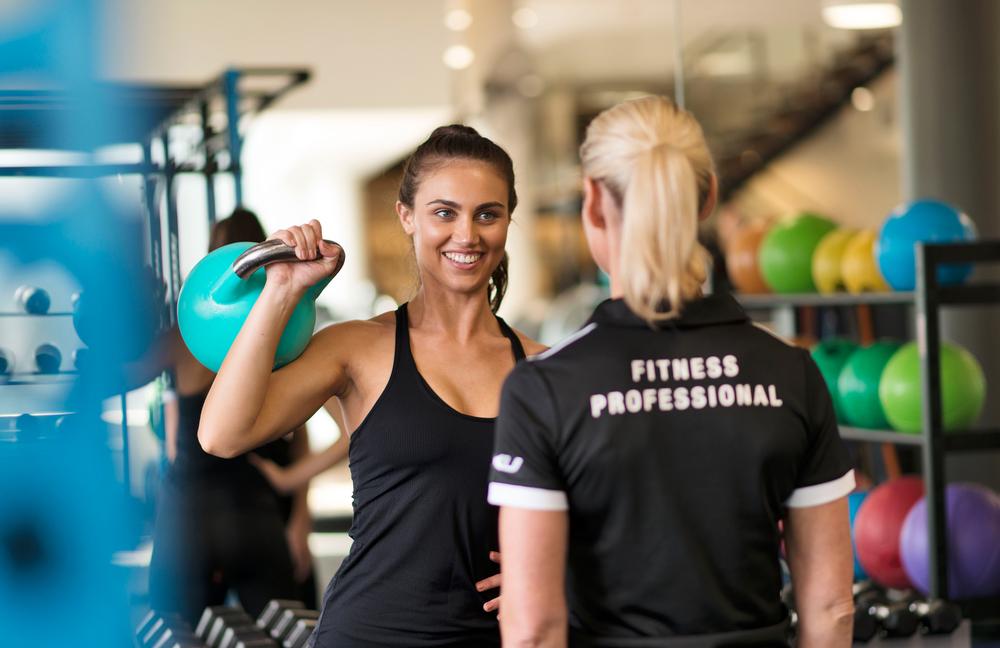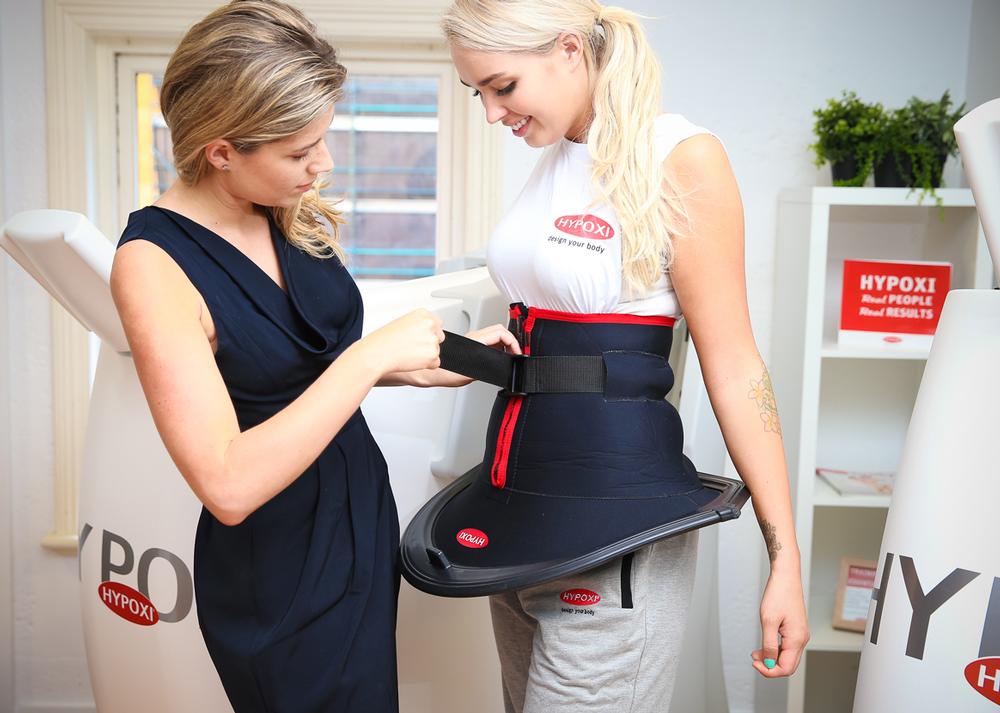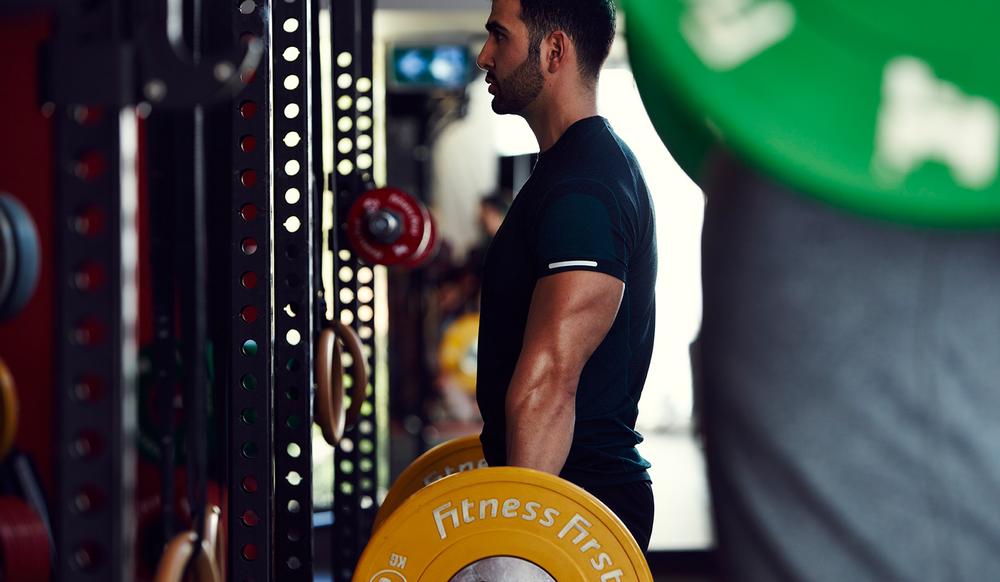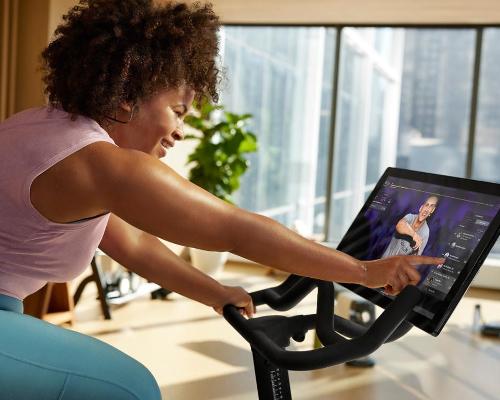he fact that Quadrant, a well-respected private equity firm, has invested in us is a real coming of age moment – not just for us, but for the whole of the Australian fitness sector.” So says Greg Oliver, CEO of both the Fitness & Lifestyle Group and Goodlife Health Clubs, one of the group’s businesses. “It’s recognition that fitness is a worthwhile investment.”
Oliver is referring to the recent deals which, in the space of just two months last summer, saw Quadrant populate its newly created Fitness & Lifestyle Group by acquiring a number of health club brands. In August 2016, it bought Goodlife Health Clubs and its weight loss brand Hypoxi from Ardent Leisure – a deal worth AU$260m – as Ardent switched its focus to becoming an exclusively attractions and entertainment firm. Also in August, Quadrant acquired fitness franchise Jetts. Then, in September, it bought Fitness First Australia (see ‘Growing a fitness empire’, p34).
The combined group currently sits at 76 Goodlife clubs, 66 Fitness Firsts, 178 franchises and 34 corporate clubs in Jetts’ Australian estate alone, plus 19 in-house Hypoxi studios. The group is headed up by Oliver, who alongside Quadrant has been instrumental in bringing the various deals to fruition.
And Oliver has exciting plans for this combined portfolio of “highly complementary” brands: Fitness First at the premium end of the market, as it always has been in Australia; Goodlife in the mid-market; Jetts a market leader in the low-cost segment; and Hypoxi a boutique offering designed to get non-traditional gym-goers into a health club setting.
Creating USPs
“Goodlife has already evolved significantly over the last couple of years, particularly in the areas of technology and partnerships,” Oliver explains. “We were a bricks and mortar business and we saw the online fitness phenomenon emerging: people were creating their own personas and providing online programming and getting a huge audience. Most operators would have looked at that as a significant threat to the industry. I saw it as an opportunity.
“One of our key partners is now Emily Skye, one of the world’s leading online fitness personalities with 11 million followers. Emily has created group exercise programmes for us, which are already available in 63 of our 76 clubs. We’re leveraging her influence to broaden our appeal. In return, she’s able to give even more to her followers: a safe environment in which to do her workouts, with all the support and equipment they need.”
He continues: “Then, on the technology side of things, we have Hypoxi – the studio concept based on the equipment of the same name. Hypoxi combines low-impact exercise and nutritional advice with vacuum and compression technology for weight loss. It’s an in-club boutique concept, but rather than being designed for the already fit as so many boutiques are, it’s focused on figure shaping, targeting those who might otherwise be lost to the fitness industry.
“I firmly believe that, as a sector, we exist to change people’s lives and improve families and communities – so weight loss and figure shaping is something we really should be offering. But our sector has consistently failed to do so, even though the demand is there: Hypoxi is a significant contributor to the financial performance of the overall Goodlife business.
“It’s also helped broaden the appeal of our clubs – a great way to introduce people into the business. We get them results that enable them to progress into the general population of the gym.
“There are currently around 80 Hypoxi studios across Australia, of which we own 21; the rest are standalone franchises. We bought the licence for Australia and New Zealand and we support the existing network, but the key strategy in Australia is to use Hypoxi as an added service and a USP in our own clubs. It will be an important opportunity for Fitness First: we’ve already identified some 20–35 clubs where we’d like to introduce it.
“Overseas it’s another matter: we’re keen to roll it out as a franchise in the United States, for example. We’ve already launched the franchise package there, with two flagship studios open in Arizona. I think we could reach 150–200 Hypoxi sites in that market over the next five years, whether inside clubs, standalone or in partnership with other weight loss offerings.”
Open all hours
Goodlife also made a ground-breaking decision two years ago to switch to 24/7 operation. “We’d had 16 quarters in a row of constant growth between 2010 and mid-2014, but then we took a dip for a couple of quarters. That led us to re-evaluate the member proposition: where we were falling short and where the opportunity gaps lay. Convenience – and specifically 24/7 access – emerged clearly, so we got the board’s support and started to open our full-service businesses 24/7.
“I was keen to do this because it took away some of the key selling propositions from the low-cost sector. And we’ve never looked back: we’ve experienced extraordinary member growth over the last 18 months – a growth of over 30,000 members.
“We’ve converted over 50 of the Goodlife clubs already and the rest will follow. We now plan to do the same with Fitness First.”
He continues: “There’s been a huge investment in the Fitness First estate over recent years: some AU$83m of CapEx. They’re wonderful facilities. But the plans we have for the chain – 24/7 opening and the addition of Hypoxi studios – will be extremely compelling additions. And of course, for both Goodlife and Fitness First, we have the opportunity to continue to open new clubs in under-serviced areas; we’ll select the most appropriate brand for each location. It isn’t a numbers game, but the footprints will continue to grow.”
And how about Jetts – what plans for that franchise brand? “We’ll be looking at buying back some of the franchises to continue to pump up the corporate earnings. We’re already in the process of buying back all the New Zealand clubs.
“There’s also a significant opportunity in offshore franchising: it’s already underway in Asia, as well as Europe and the UK. Asia in particular is a focus for us at the moment. We want to make sure we have the right offering there, which may be a ‘Jetts Plus’ – a hybrid of Goodlife and Jetts, including some group exercise which is important in Asia. We’re working on that at the moment.”
A broader remit
Finally, the group has its sights set on acquiring other complementary businesses, as Oliver explains: “The ‘lifestyle’ element of Fitness & Lifestyle Group is very important. We don’t want to limit ourselves to the four walls of health clubs, so we’ll be looking at other opportunities… wellbeing, beauty, health-related technology. I don’t want to go into any specifics at this stage, but we’re not being closed-minded about the remit of our group.
“I’d also like to look at other adjacent areas of business. Building a relationship with insurance providers is one area I’m very interested in, for example.”
He continues: “Ultimately, the base strategy for Fitness & Lifestyle Group is taking our clubs 24/7. It’s growing Jetts in Australia and continuing to develop the brand in Asia. It’s putting Hypoxi into more of our clubs in Australia, as well as rolling it out in the US and Canada.
“But we’re well capitalised, so we have a strong opportunity to look at what ‘adjacencies’ we can add into the existing businesses to add value to our members. I’m passionate about this at a personal level – making a genuine difference to people’s lives is why I’ve been in the industry for so long, from instructor level up.
“At face value, that thinking – focusing on adding value for members above all else – might not always be aligned with conventional investment thesis. However, adding extra services doesn’t only help us serve the member better. Commercially it also creates more revenue per member, which is something the fitness sector really needs to get better at doing. At the end of the day, if you have a strong member value equation, profits really do follow.”








